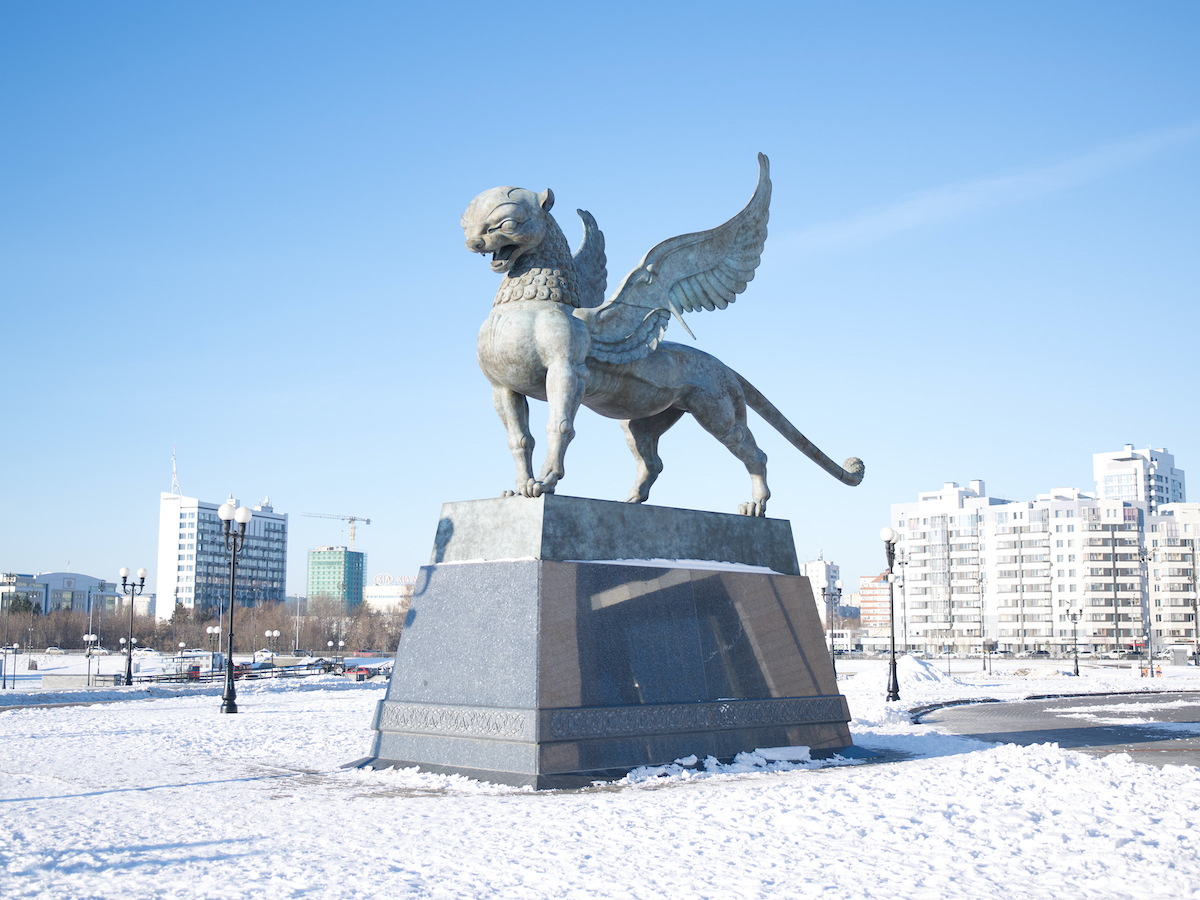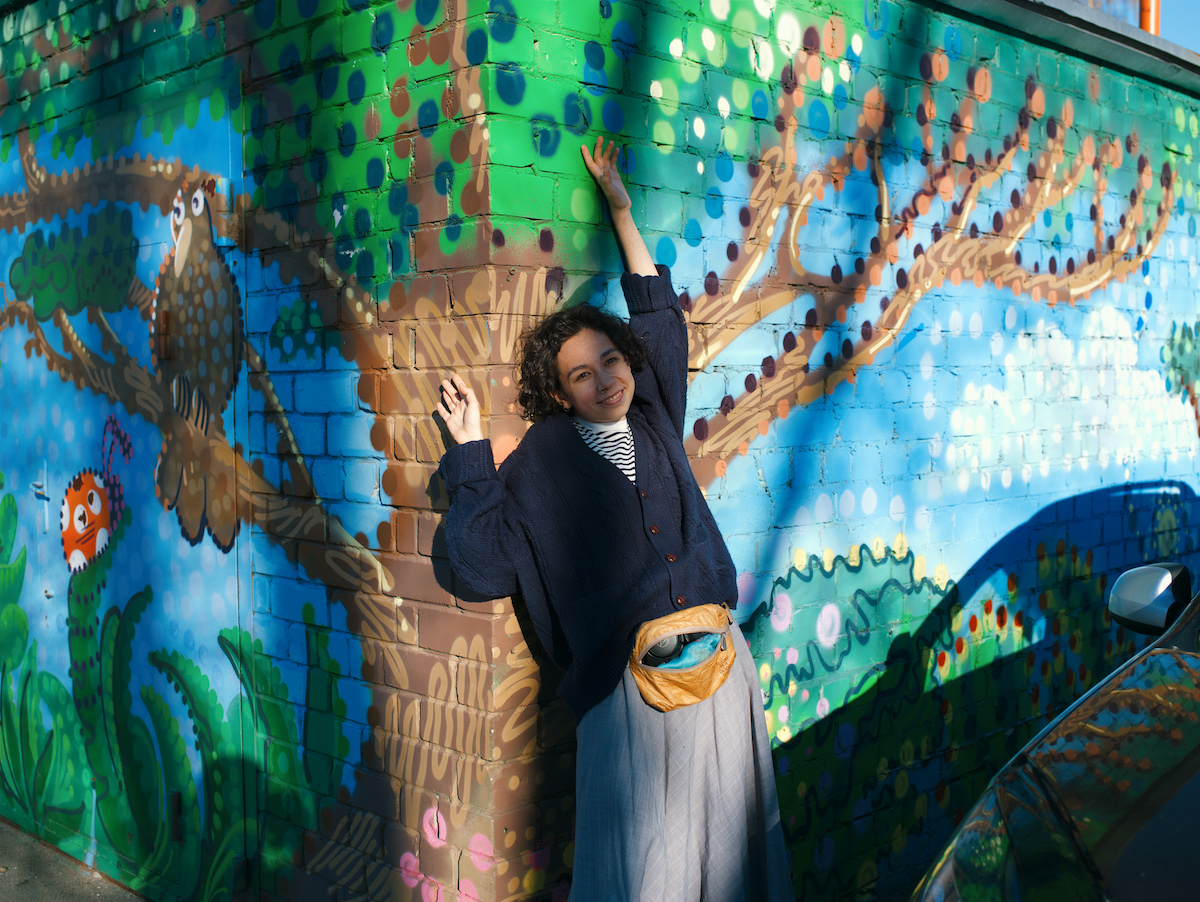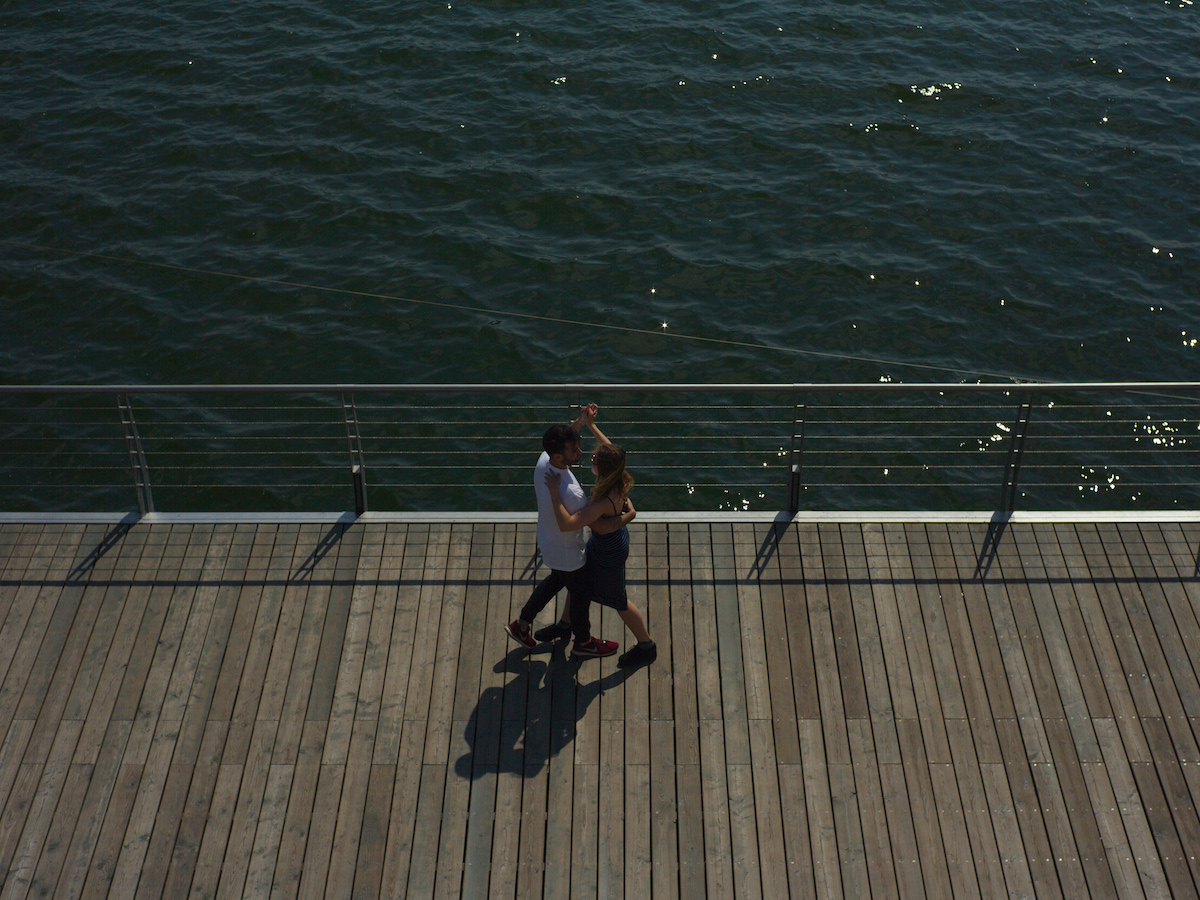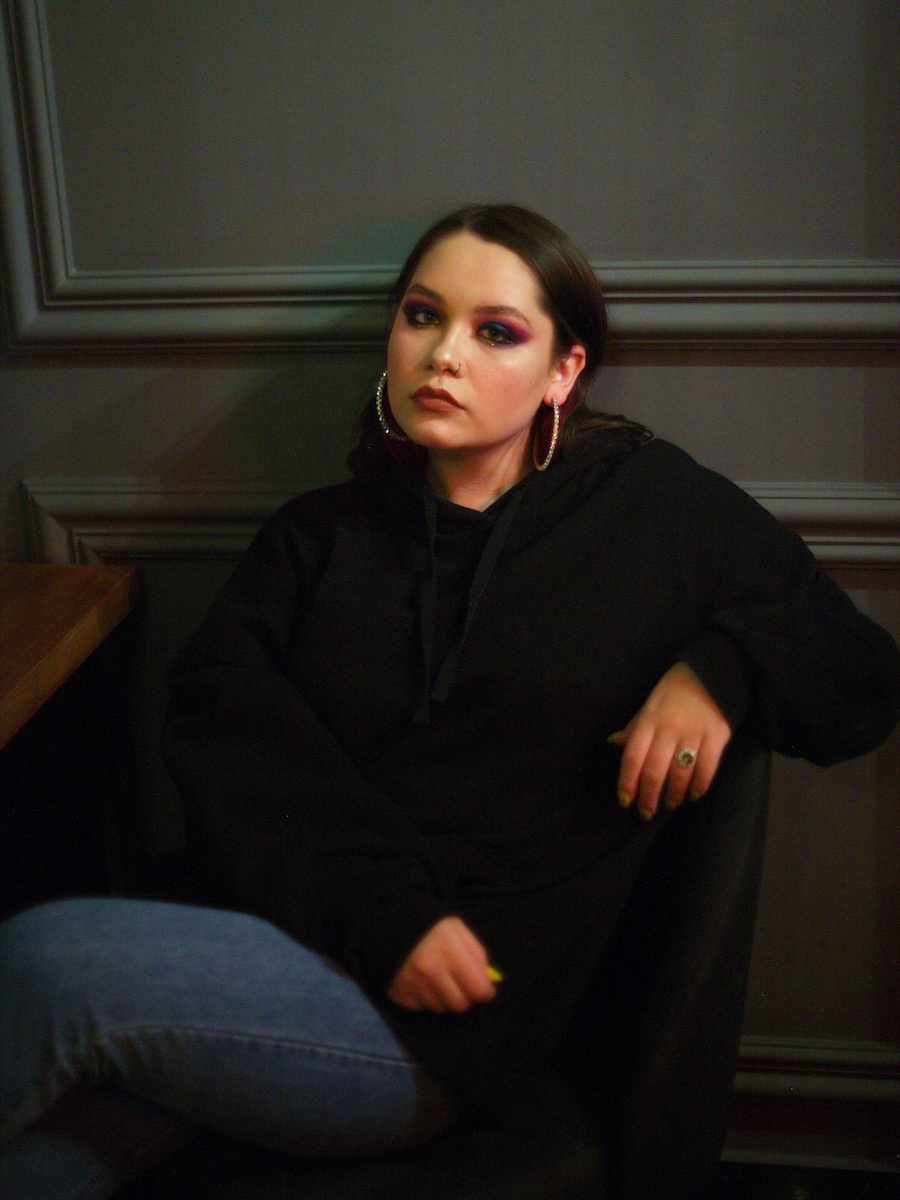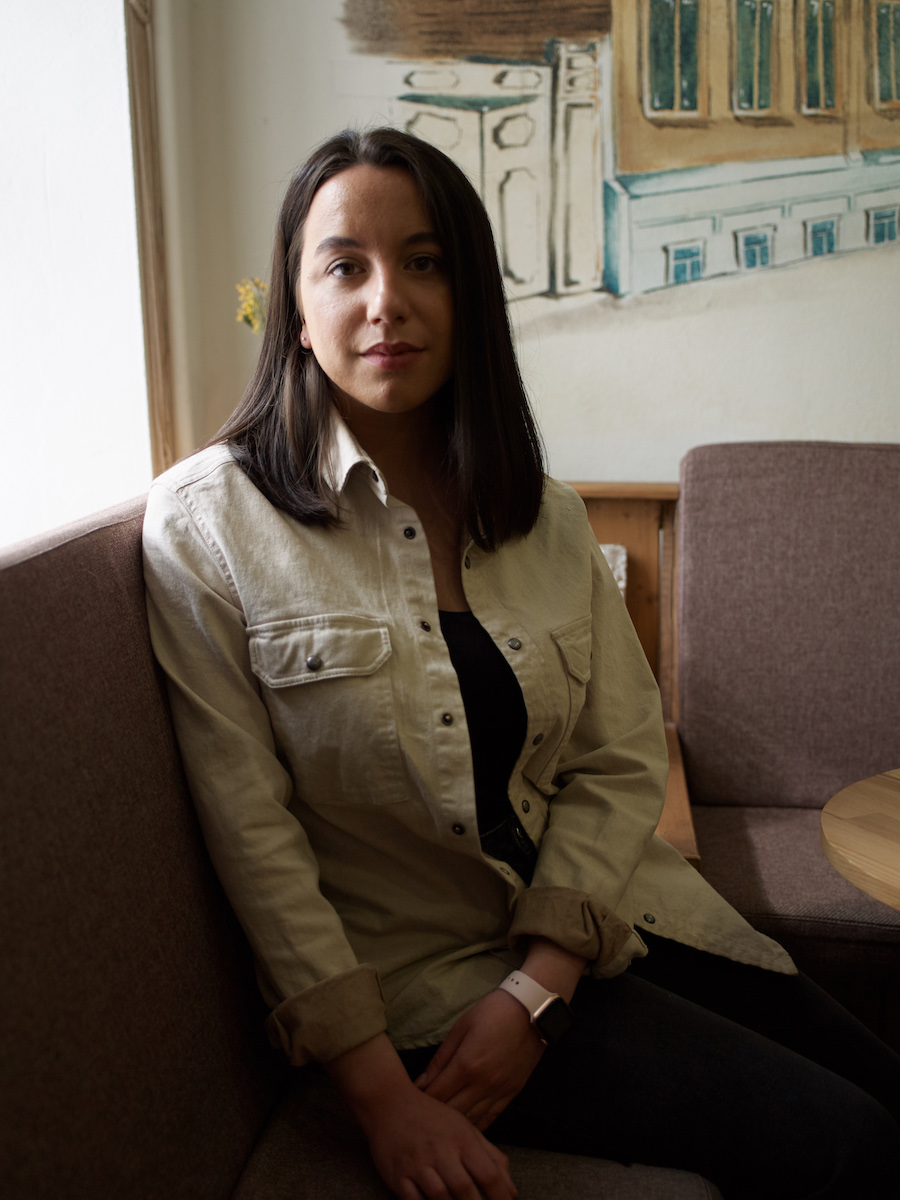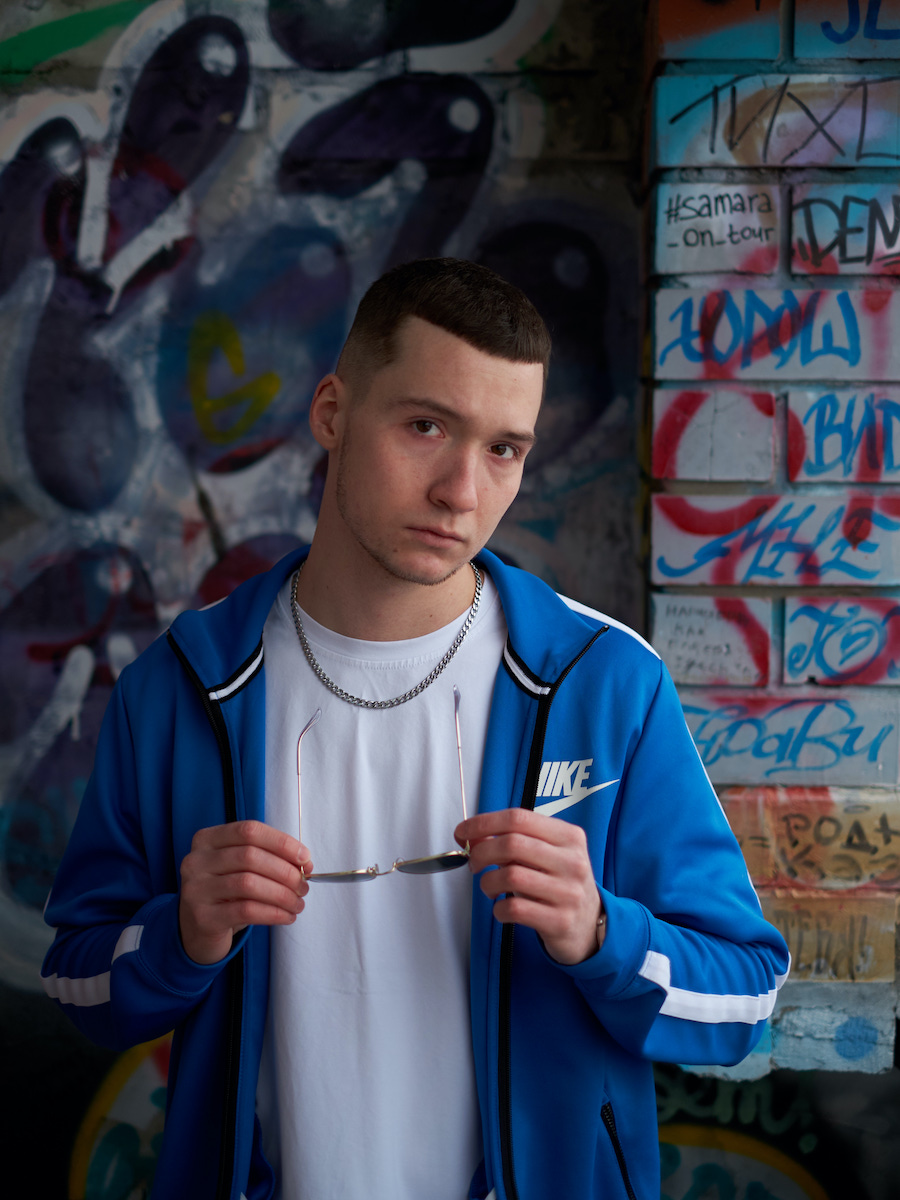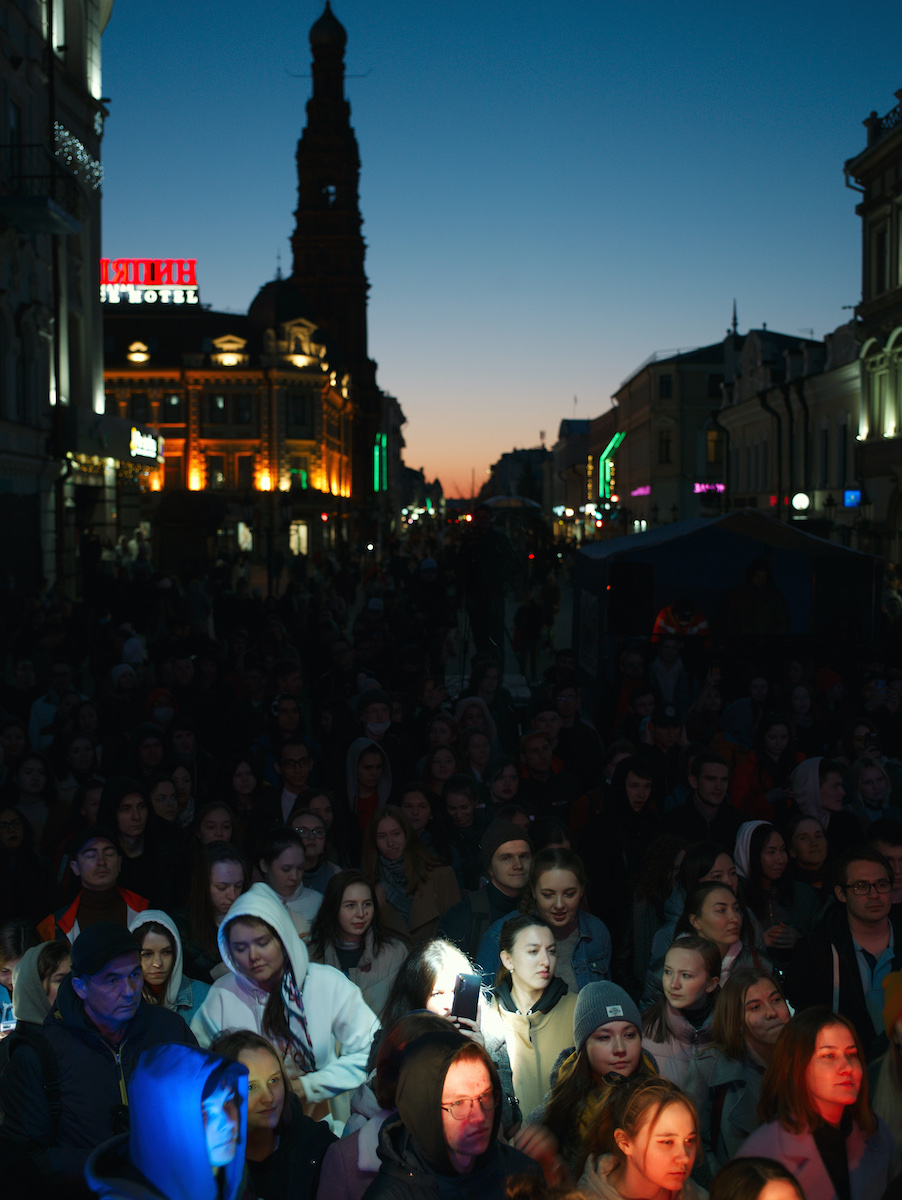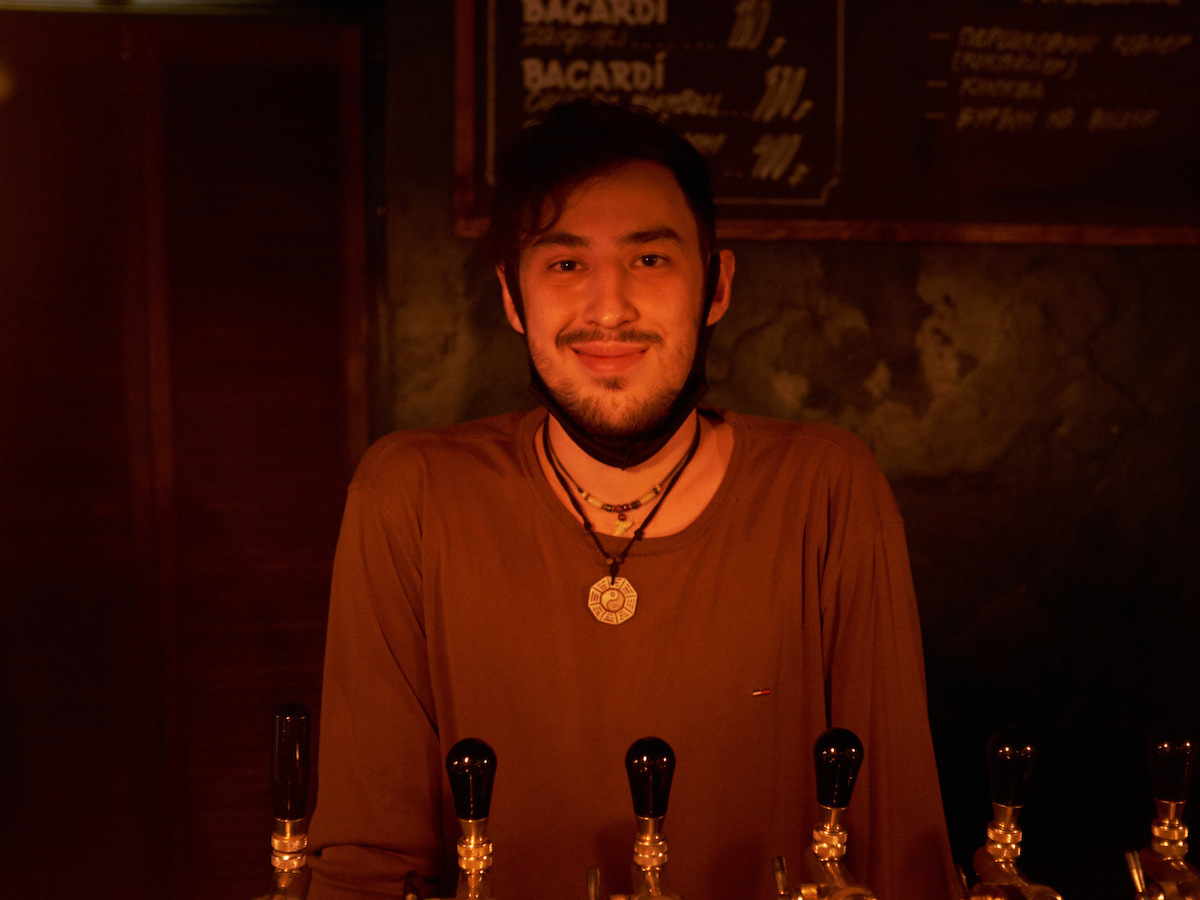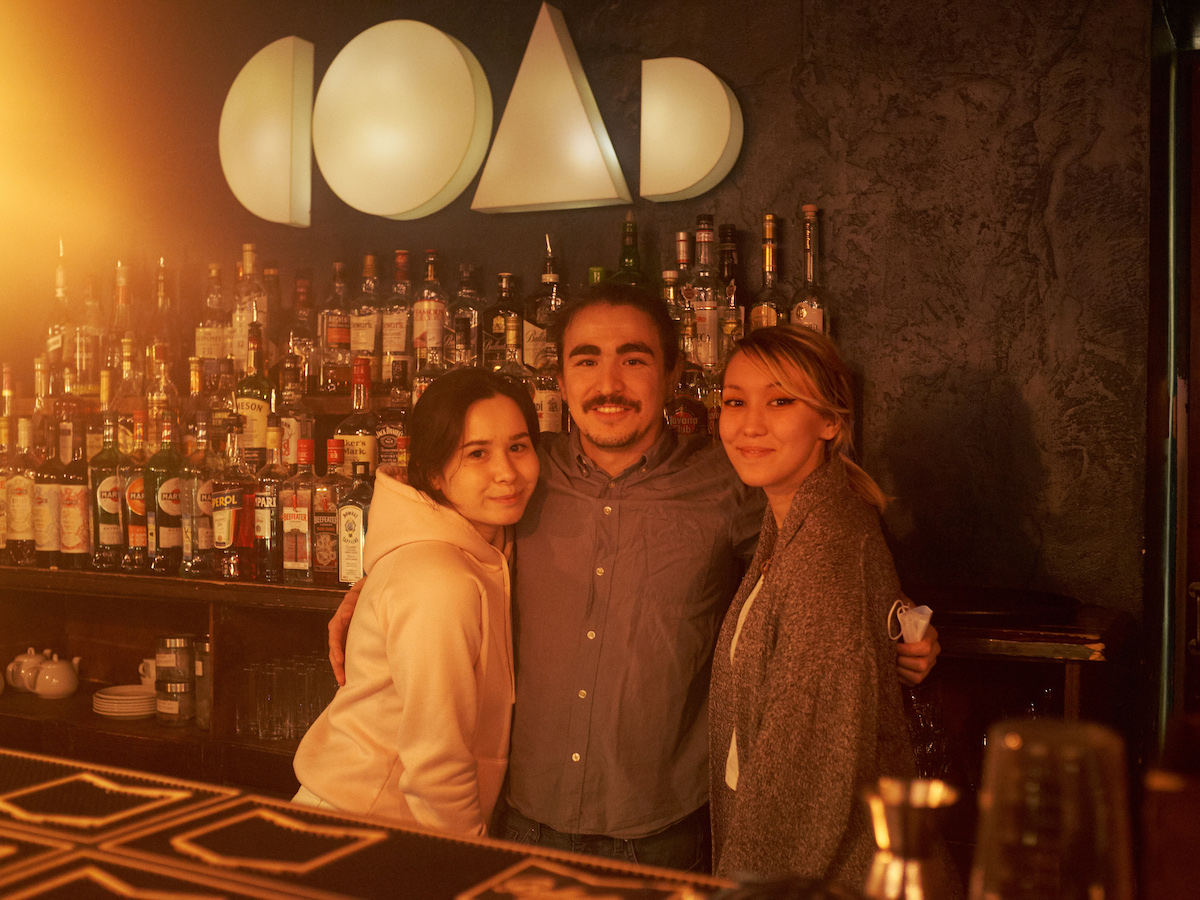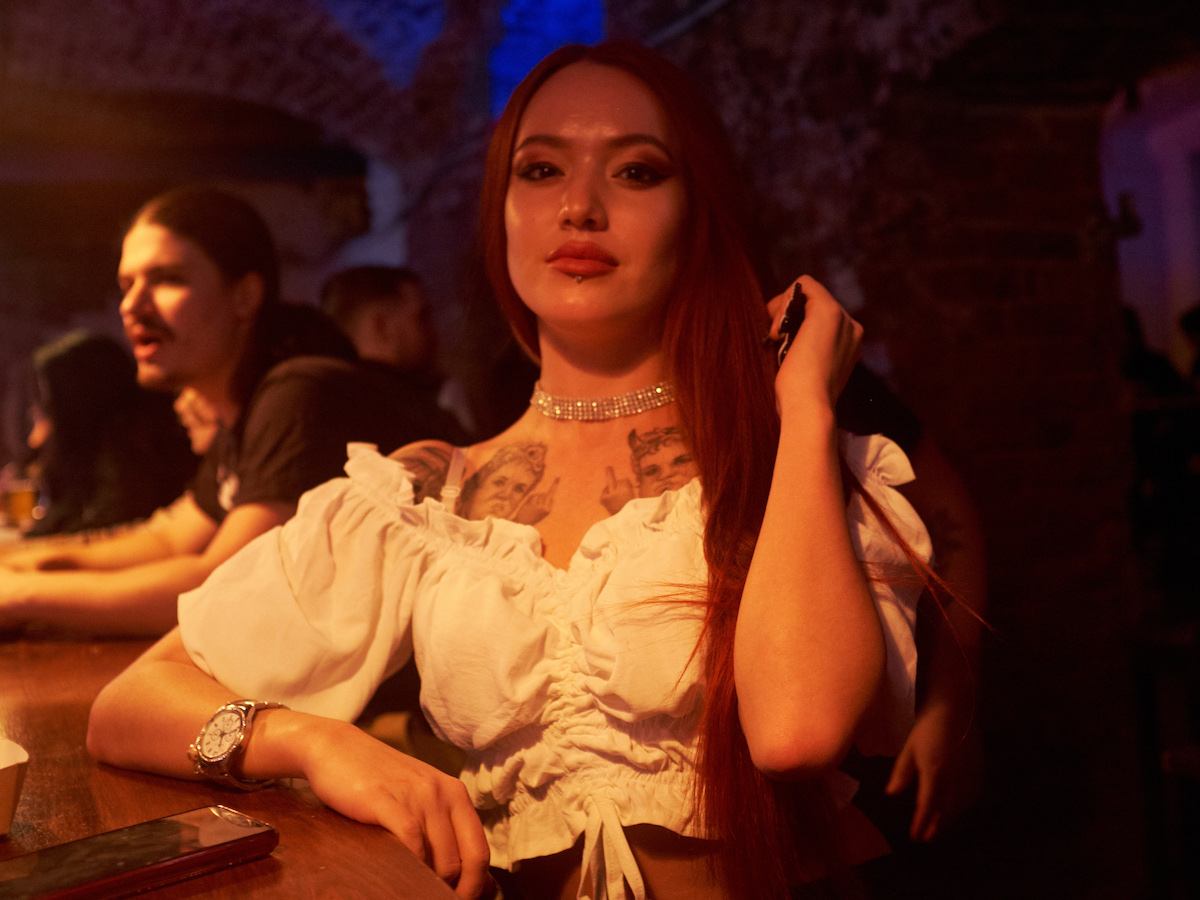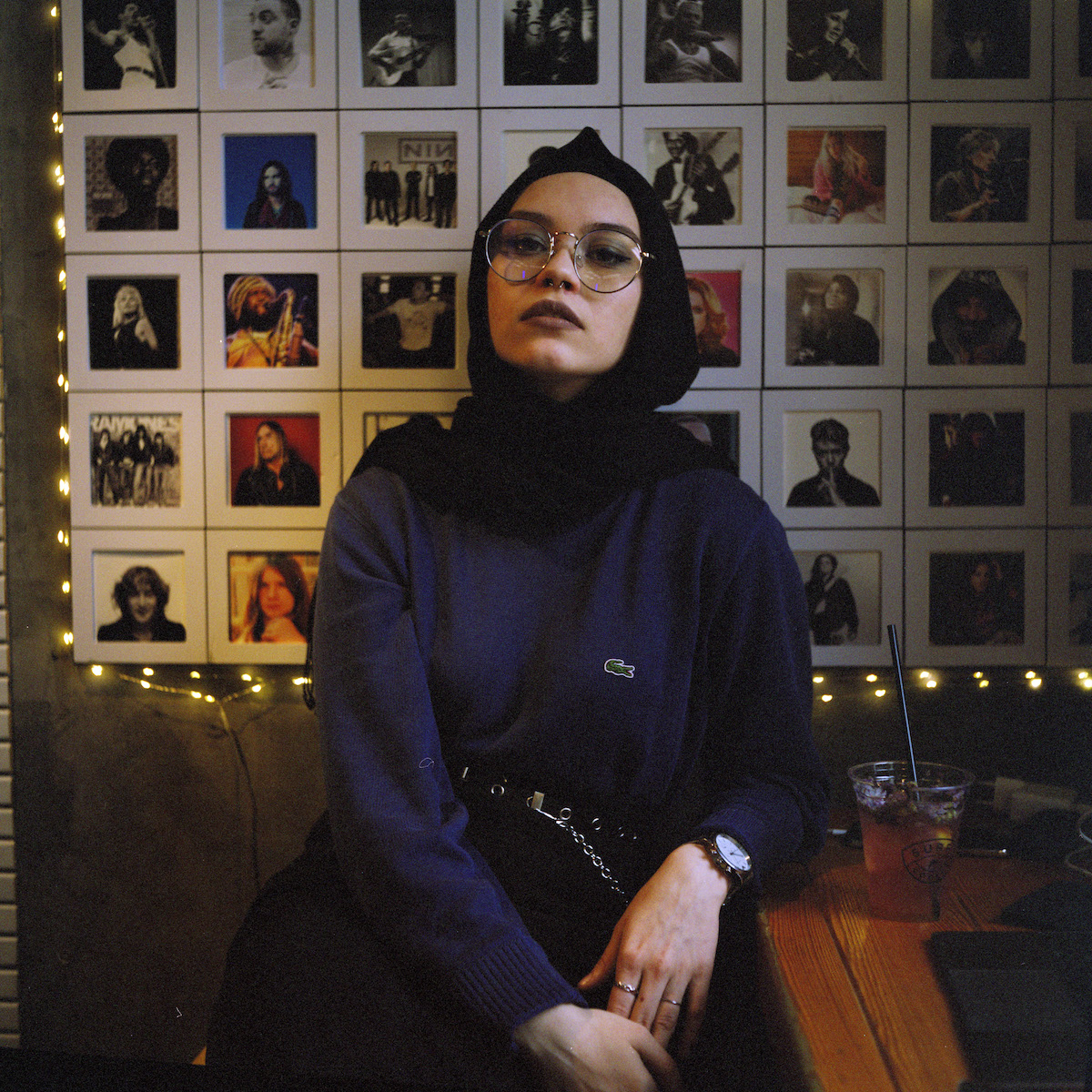East of the West: Dmitry Ermakov captures a generation reclaiming their Tatar identity — in photos
The Russian city of Kazan is the ancient capital of the Republic of Tatarstan. During the Soviet era, when cultural homogeneity was exalted, the area’s Tatar heritage was downplayed: the Tatar language was dropped from classrooms and publicly practicing Islam was shunned. But following the Kazan’s millennium back in 2015, attempts to revive and celebrate Tatar identity have been put once more at the core of regional strategy. Tatarstan is a region in flux.
Moscow-based photographer Dmitry Ermakov arrived in Kazan to document local youth in this period of change for his series, East of the West. He arrived just as the city’s millennial preparations were unfolding, complete with a new wave of dazzling, newly-built urban redevelopments.
As his project evolved and Ermakov deepened his own personal connection with the city, he managed to peep behind Kazan’s occasionally pompous exteriors. He found a city that, despite being grand and prosperous, was still grasping its new identity, often hiding deep divisions and inconsistencies.
Originally, Ermakov had planned to centre his photo story on mixed Slavic Russian and Tatar couples. While Tatars have a distinct culture, centuries of living and mixing with Slavs and Finno-Ugrians ethnic groups also living along the Volga river means that the group has less of a distinct appearance. “Sometimes it’s quite impossible to tell Slavic Russians and Tatars apart judging only by photographs,” says Ermakov. The photographer also found that mixed marriages were still not quite welcomed — not only by older generations, but also among many of the area’s young people.
Ermakov ultimately switched the angle of the photo story, and decided to focus instead on the diversity of young Tatars. The change was spurred partly by the massive social differences he saw while exploring the city’s streets, meeting people in cafes and bars, as well as on social media.
Kazan finally won the title of Russia’s “third capital” from the city of Nizhny Novgorod in 2009, although it still lags behind Moscow and St Petersburg in terms of living standards. “Many people in Kazan have moved to the city very recently from smaller towns and villages. There’s still a lot of crime and poverty in those areas, overshadowed by the reported petrol-fuelled rise of wealth in Tatarstan,” says Ermakov. “Socially, there’s a huge divide. The rich live lifestyles comparable to wealthy Muscovites, but the majority mask their poverty.”
Marked divisions also dominate topics such as language and religion. Perhaps surprisingly, young people in Kazan tend to speak better Tatar than their parents. “Back in the 1970s, for instance, it was not common to speak Tatar in Tatarstan at all,” Ermakov adds. The language’s decline was partly due to practicality — in the Soviet era, Russian was the only common language for thousands of ethnicities comprising the then-USSR — and partly due to socialist officials repressing local languages. The Tatar language was rejuvenated after the fall of the Soviet Union, but its revival may be short-lived. Since 2017, public schools have been required by law to teach in Russian, and Tatar language is no longer compulsory for children.
Ermakov was particularly curious to see how Islam and modernity have manifested themselves in younger generations, freed from the state-enforced atheism of the Soviet Union. “Most people I met only followed Islam de jure,” the photographer said. “‘You’d often see young women wearing the niqab while smoking or taking drugs, finding comfort in the fact they’re not explicitly forbidden in the Qu’ran [in the same way that drinking is].
Although young, observant Muslims are more common in Kazan than young, observant Christians in western Russia. To Ermakov, it often seemed that Islam was another way for Tatars to stay true to their culture and heritage, rather than a purely spiritual endeavour. “My attempts to discuss the spiritual, philosophical side of Islam with young people led nowhere,” he says, although he admits that the reluctance he encountered may have just been timidity, discipline, or perhaps even a fear of provoking prejudice.
Ultimately, Ermakov says, “Kazan may be multifaceted, but its nature is not fluid. Here, so much is defined and ruled according to tradition.”
